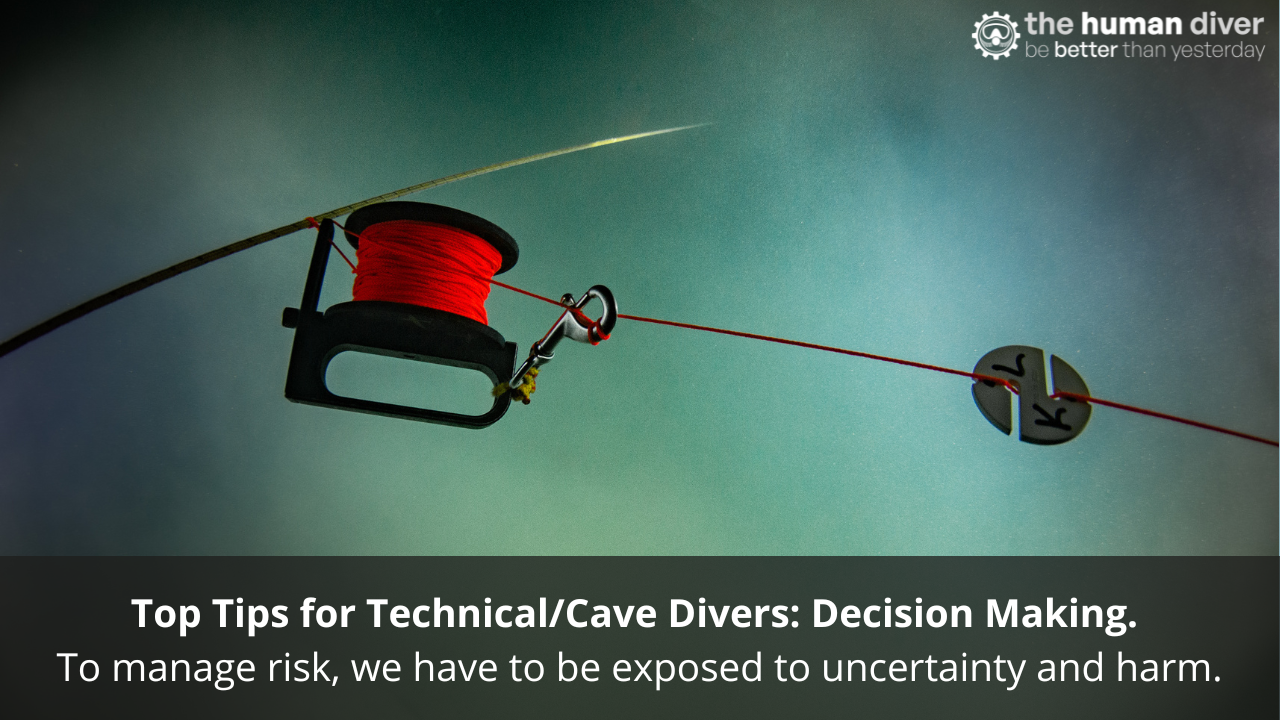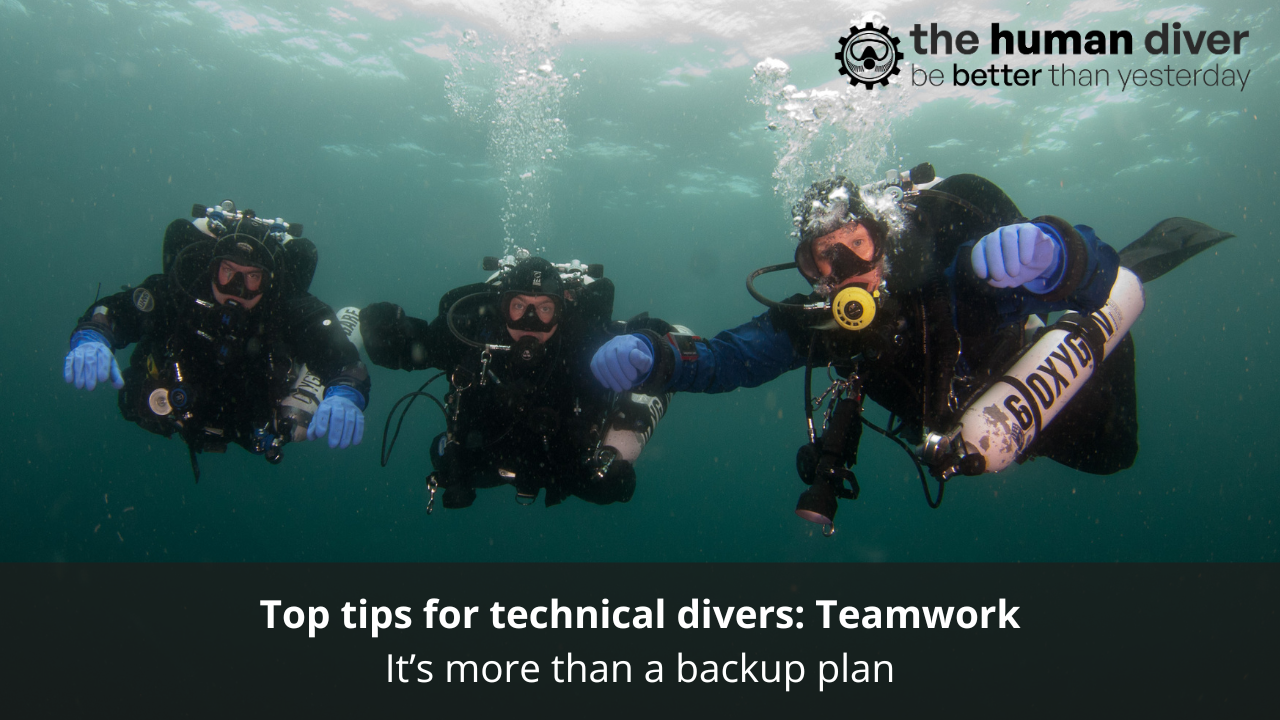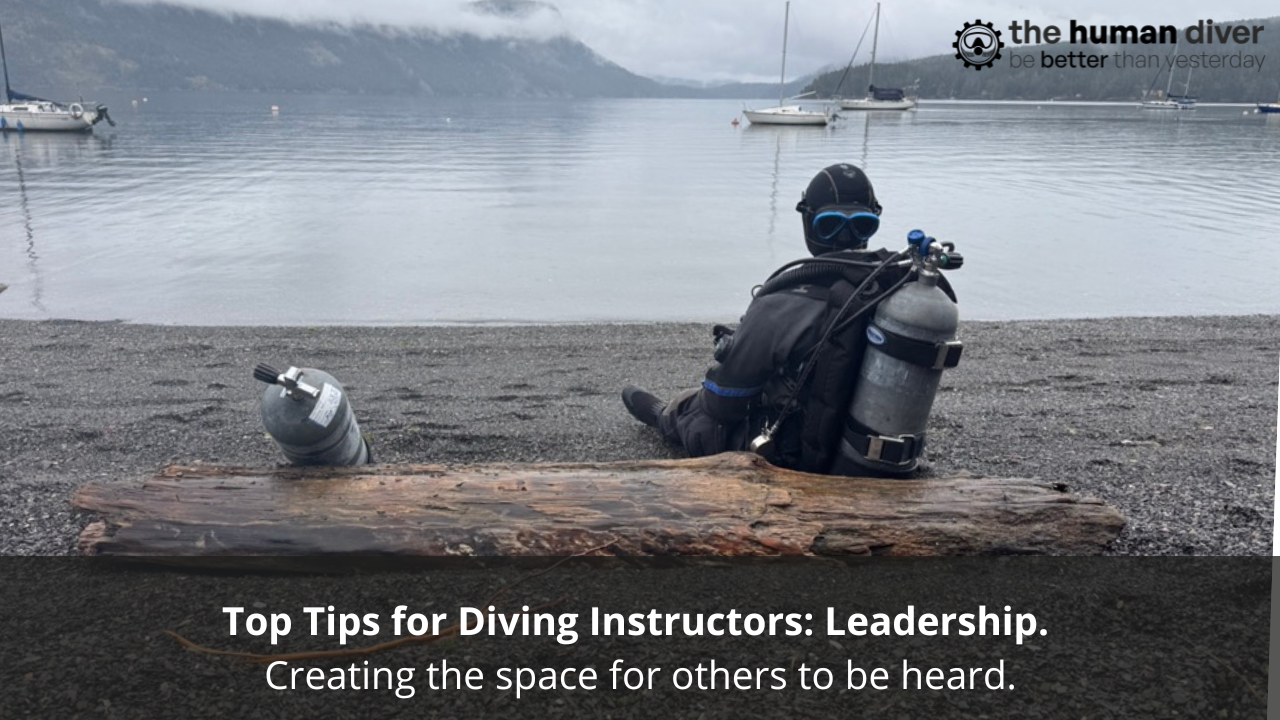
Lost in Translation: Unravelling Misunderstandings, Assumptions and Communication breakdowns
Jul 12, 2023Why is it no matter how carefully you tell some people to do something, they always get it wrong? I was assessing an instructor course last week and had one diver playing the role of the student, while the other was the instructor. I gave clear hand signs to tell the student to use the wrong hand during a weight belt removal and replacement. An easy problem to assign, or so I thought. So what did the student do? Use the correct hand to take it off! I was annoyed, as it meant I needed to assign another problem in the middle of them doing the skill. As I started to sign the new problem, I realised the student was in the process of switching hands, to put it back on with the wrong hand. So who had misunderstood whom?!
When we communicate with others, whether it’s verbally, by writing, using hand signs or something else we know what we’re trying to say. The difficulty comes in the understanding. In the example above, I had meant for the student to use the wrong hand to take the weight belt off. She had thought I meant she was to use the wrong hand to put it on. She had understood my hand signs correctly, I just hadn’t given enough information. This is often the case; the person who is receiving the information can only take what they are given so it’s up to the person presenting the information to make sure they have passed on everything that is needed. Sounds easy enough but the problem with humans is that we are efficient creatures. We make assumptions based on what we know and what we think you know. I assumed the student had understood what I meant because I understood what I meant! I hadn’t considered that there could be another way to interpret my hand signs.

So how do we prevent miscommunication? One way of checking our assumptions is by using closed loop communications. This means asking questions of the receiver to ensure their understanding is what we are expecting. On land that’s fairly easy (in theory, in practise it very much depends on the situation). Underwater it can be much more difficult. If a receiver repeats a hand sign back to the sender that will help to show the sender that the receiver saw the signal as it was given. Quite often people reply to signs with an “ok” sign. That doesn’t actually tell us anything other than that the diver is ok. But if a diver signs that they have 50 bar and their buddy repeats it, that ensures that both divers are aware of the situation. If a good briefing has been done, then both divers will also know how to react, in this case perhaps by ascending to begin the safety stop.
If a buddy hasn’t understood, often a shrug of the shoulders, a tilt of the head and turning palms up is a fairly common sign to mean “I don’t understand”. If in doubt, a slate or wetnotes can clear up any other miscommunication problems, or issues too complicated to be signed.

Cultural behaviour is also a factor. We will make some assumptions so as not to be condescending. I will generally assume that a qualified diver knows how to put their equipment together. If I didn’t make this assumption and showed every diver how to do it every time I’m pretty sure people would be asking for a different dive guide very quickly! The “culturally correct” way for me to check my assumptions is by either asking them if they’re ok with it or watching the diver set up. If I see problems, then I can help. That way my own assumptions have been checked in a culturally appropriate way. Underwater that’s not normally an option, so we generally just stick to direct signs and if anything is considered to be condescending we can discuss it in the debrief.
Summary
Miscommunication will happen because we try to be efficient and sometimes make assumptions about what the receiver hears/sees/knows. Those of you with young children may understand how long it would take if we had to explain every single small step of every process, so we naturally skip steps. This video explains it perfectly: https://www.youtube.com/watch?v=cDA3_5982h8
We also need to take into account the experience of the person we’re communicating with so as not to be condescending, something which can be a fine line for some people.
Using closed loop communications is often the easiest way to check understanding and ensure that the receiver has understood us correctly.

Jenny is a full-time technical diving instructor. Prior to diving, she worked in outdoor education for 10 years teaching rock climbing, white water kayaking and canoeing, sailing, skiing, caving and cycling, among other sports. Her interest in team development started with outdoor education, using it as a tool to help people learn more about communication, planning and teamwork.
Since 2009 she has lived in Dahab, Egypt teaching SCUBA diving. She is now a technical instructor trainer for TDI, advanced trimix instructor, advanced mixed gas CCR diver and helitrox CCR instructor.
Jenny has supported a number of deep dives as part of H2O divers dive team and works as a safety diver in the stunt industry.
If you'd like to deepen your diving experience, consider taking the online introduction course which will change your attitude towards diving because safety is your perception, visit the website.
Want to learn more about this article or have questions? Contact us.










